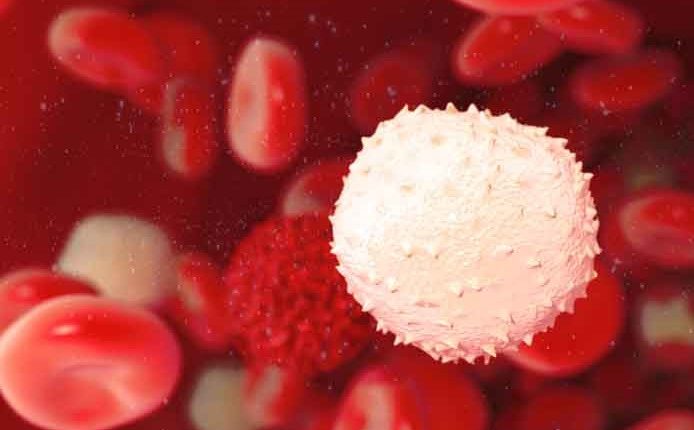
Pediatric white blood cell disorders
About white blood cell: your body produces white blood cells (leukocytes), which help fight bacterial infections, viruses and fungi
If your child has too few or too many white blood cells, in general, here’s what it means:
- Low white blood cell count (leukopenia) means having too few leukocytes circulating in the blood. A long-term low white blood cell count increases the risk of infections and may be caused by a number of different diseases and conditions.
- High white blood cell count (leukocytosis) means having too many leukocytes circulating in the blood, usually from having an infection. A number of different diseases and conditions may cause a long-term high white blood cell count.
There are several types of white blood cells, each with a different disease-fighting activity
CHILD HEALTH: LEARN MORE ABOUT MEDICHILD BY VISITING THE BOOTH AT EMERGENCY EXPO
The main types are:
- Neutrophils
- Lymphocytes
- Monocytes
- Eosinophils
- Basophils
White blood cell disorders involving a specific type of white blood cell include:
- Neutropenia. Neutropenia (noo-troe-PEE-nee-uh) is a low number of neutrophils, a type of white blood cell that fights infections of fungi and bacteria. Neutropenia can be caused by cancer or by diseases, disorders or infections that damage bone marrow. In addition, certain medications and other diseases or conditions can cause neutropenia.
- Lymphocytopenia. Lymphocytopenia (lim-foe-sie-toe-PEE-nee-uh) is a decrease in lymphocytes, the type of white blood cell that, among other tasks, protects your body from viral infections. Lymphocytopenia can result from an inherited syndrome, be associated with certain diseases, or be a side effect from medications or other treatments.
- Monocyte disorders. Monocytes help get rid of dead or damaged tissue and regulate your body’s immune response. Infections, cancer, autoimmune diseases and other conditions can cause an increased number of monocytes. A decreased number can be the result of toxins, chemotherapy and other causes.
- Eosinophilia. Eosinophilia (e-o-sin-o-FIL-e-uh) is a higher than normal number of eosinophil cells, a type of disease-fighting white blood cell. Eosinophilia can be caused by a variety of conditions and disorders, most commonly by an allergic reaction or a parasitic infection.
- Basophilic disorders. Basophils account for only a small number of white blood cells, but they have a role in wound healing, infection and allergic reactions. A decreased number of basophils can result from allergic reactions or infections. An increased number can be caused by certain types of blood cancer or other disorders.
Read Also:
Emergency Live Even More…Live: Download The New Free App Of Your Newspaper For IOS And Android
Leukaemia In Children With Down Syndrome: What You Need To Know
Lymphoma: 10 Alarm Bells Not To Be Underestimated
Non-Hodgkin’s Lymphoma: Symptoms, Diagnosis And Treatment Of A Heterogeneous Group Of Tumours
CAR-T: An Innovative Therapy For Lymphomas
Acute Lymphoblastic Leukaemia: Long-Term Outcomes Described For Childhood ALL Survivors
Colour Changes In The Urine: When To Consult A Doctor
Why Are There Leukocytes In My Urine?
Leukaemia: The Types, Symptoms And Most Innovative Treatments
High Leukocytes In The Urine: When To Worry?
Down Syndrome And COVID-19, Research At Yale University
Children With Down’s Syndrome: Signs Of Early Alzheimer’s Development In Blood



